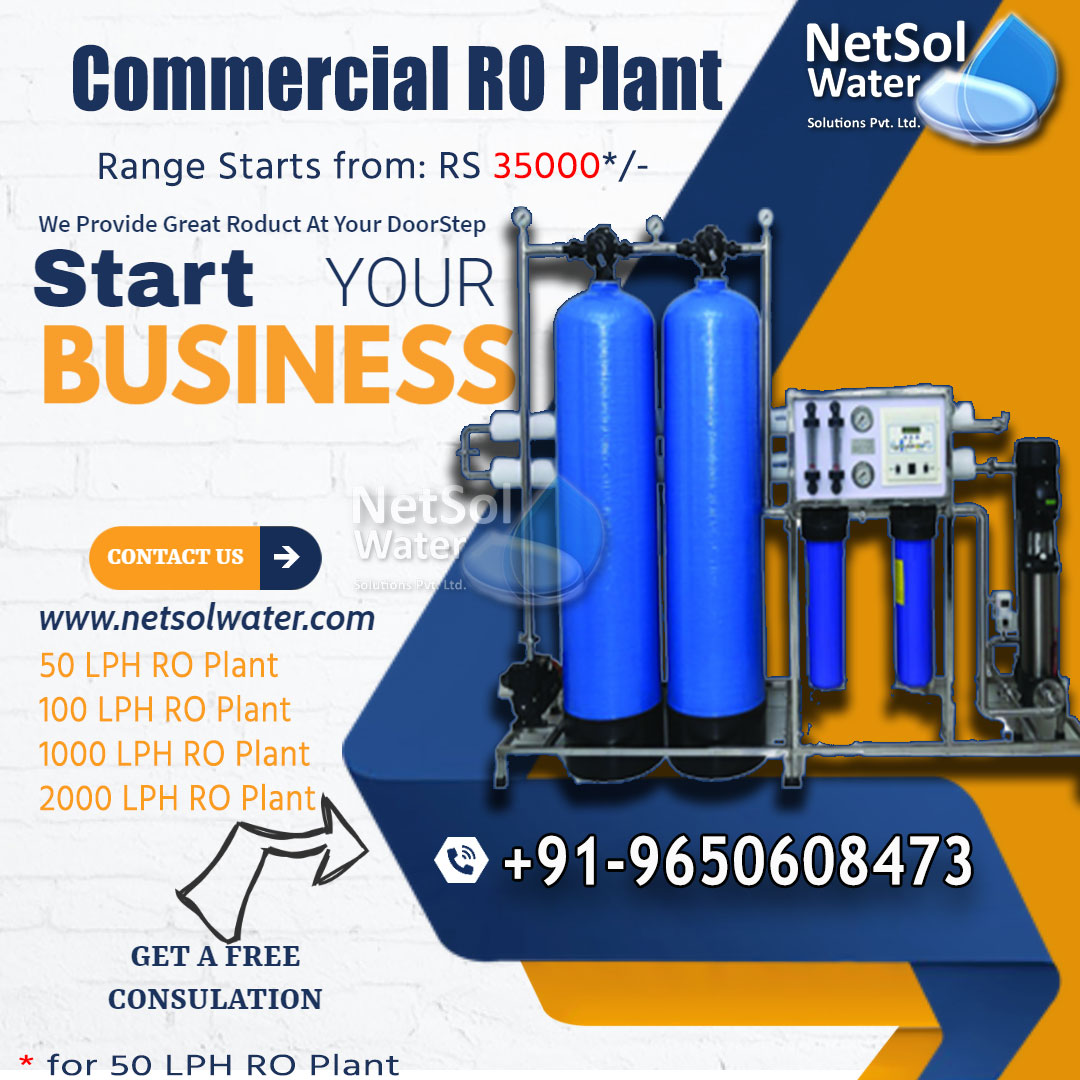There has been an unexpected increase in the number of people with kidney diseases, who need dialysis, either at home or in hospitals.Because, dialysis treatment requires a large amount of water, it is recommended that only pure and clean water be used for this treatment, for the best results.
Let’s see how RO Plants can be used for the dialysis treatment.
What is dialysis?
Dialysis is a medical procedure that removes excess water, solutes, and toxins from the blood in patients, whose kidneys are unable to do so naturally. This is referred to as renal replacement treatment. The procedure uses an artificial kidney, also known as a dialyzer, to filter blood contaminants through a thin membrane into a concentrated fluid, known as dialysate.
The dialysate is made up of the following components: bicarbonate (sodium bicarbonate or sodium chloride); acid containing chloride salts of sodium, potassium (if necessary), calcium, magnesium, acetate (or citrate), and glucose (optional); and ultra-pure water as a mixing medium.
Dialysis is classified into two types:
· Hemodialysis
· Peritoneal dialysis
Why are commercial RO Plants important in dialysis treatment?
Two types of water are produced by the Commercial RO Plants:
1: Product water, and
2: Reject water.
The ultrapure water that enters the hemodialysis machine, used to mix the dialysate for your dialysis treatment is known as product water. The reject water, which is discarded after being flushed down the drain, contains the bacteria that were removed from the water.
When using a hemodialysis machine with RO, some conditions must be met;
RO Plant should be connected to the water supply, which is capable of delivering two gallons/minute. Similarly, the drain that collects used dialysis fluid and reject water from the RO, must have a minimum capacity of two gallons per minute.
At what condition, dialysis can be done at home?
Dialysis can be performed at home if all of the necessary facilities, and the means to obtain the best RO water treatment to deliver ultra-pure water to the dialyzer, are available. Netsol Water Solutionsoffers the best RO plants to aid in this treatment, and this plant meets specifications for dialysis water.
Key features of reverse osmosis treatment for dialysis treatment
1. Before and during dialysis, the monitoring screen ensures that the water product meets the required standard.
2. The emergency protection will respond appropriately and send a message to the operator, in the event of a high salinity feed water or low-pressure system.
3. The permeate capacity is 90 liters per hour.
4. Automatic rinse cycles aid in maintaining water quality.
5. Easy communication with the operator simplifies system operation.
6. Water pretreatment is included. Its sediment and activated carbon filters remove suspended solids and residual chlorine, from the incoming feed water.
7. For the customer's peace of mind, the conductivity of feed and permeate water is displayed, ensuring that the water meets quality standards.
8. The pressure switch protects the system if the feed water supply is suddenly cut off.
How will one know which purifier is best for dialysis?
The dialysis RO water plant is ideal for home dialysis therapy. Only using an RO water plant for dialysis is not the first or last option; it also includes processes such as pre-treatment with sediment filters, water softeners, and carbon tanks for filtering, followed by sending the water to an RO system for ultra-purification.
What do we offer?
To summarize, there are numerous methods for resolving the water problems at the dialysis centres, but RO Technologies are the best for obtaining results that can withstand the demands of the hour.
This is where Netsol Water comes in!
We are dedicated to providing exceptional services to our customers, and to supplying high quality Commercial RO Plants. We recognize the importance of water in the present and future, and thus, we treat it with care.




